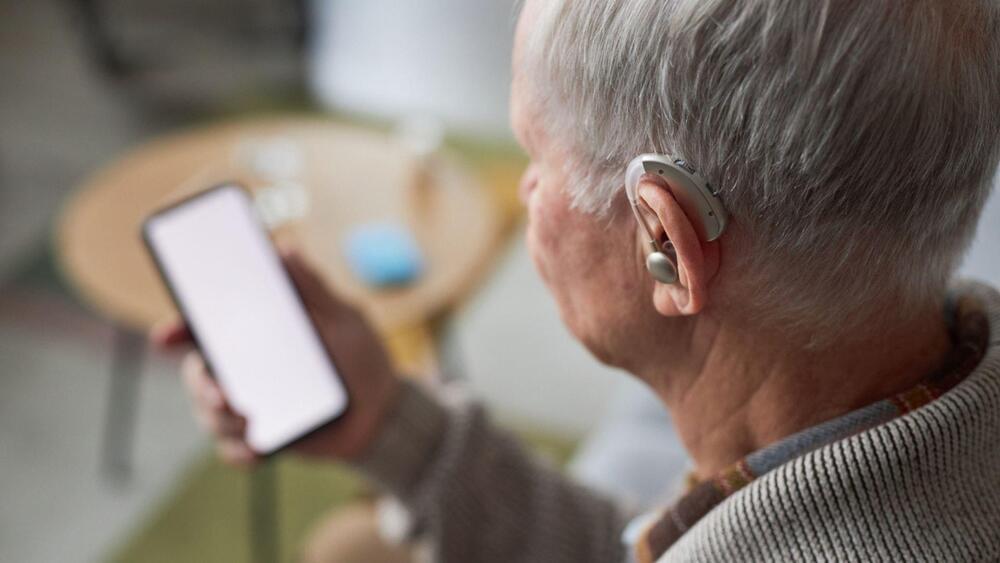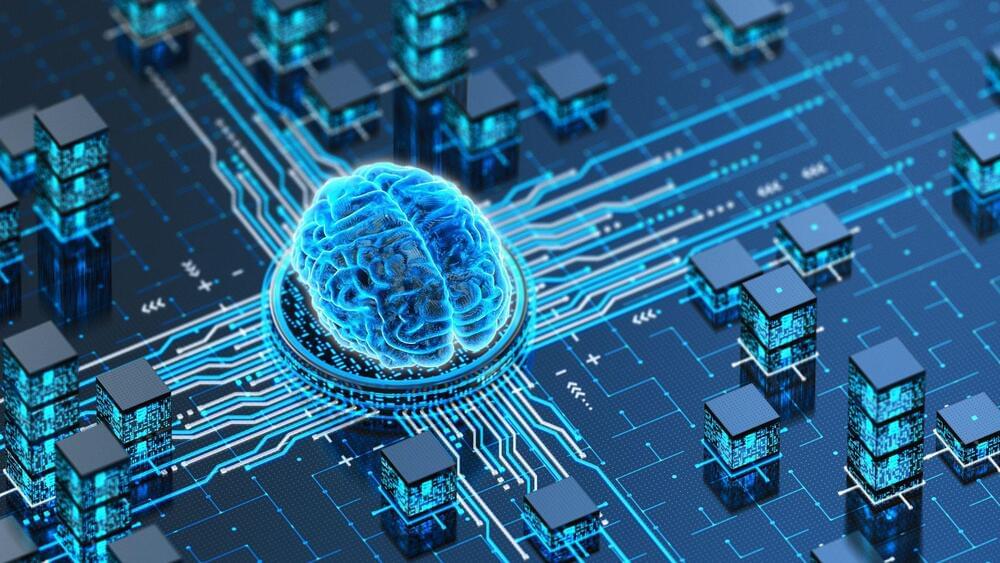Aug 6, 2024
Archaeologists discover stunning find hidden below Nile waters
Posted by Genevieve Klien in category: futurism
The artifacts uncovered belong to the time when the Aswan city was destroyed by an enormous flood.
The artifacts uncovered belong to the time when the Aswan city was destroyed by an enormous flood.
The researchers dove into Johannes Kepler’s notes to finally figure out an age-old solar enigma.
Two new reports confirm what we all know deep down: Lots of people are using Sam Altman’s ChatGPT to “help” with their homework.

Sonova’s new hearing aids use AI to enhance speech in noisy environments.
The hearing aid features the DEEPSONIC chip, offering 53 times more processing power for superior speech clarity amidst background noise.
Continue reading “Sonova’s AI hearing aids offer crystal-clear speech in noisy places” »
We’re living in an aging society with cognitive loss placing stress on caregivers to monitor older adults struggling with memory decline.
MemPal is a wearable voice-based memory assistant that helps older adults live more independently and safely at home while also reducing caregiver burden. MemPal uses AI to automatically log the user’s actions in real-time based on visual context from a wearable camera without storing any image data, thereby preserving user privacy. With this activity log, MemPal helps older adults recall locations of misplaced objects and completion of past actions using simple voice-based queries such as “Hey Pal, where is my phone?” Additionally, MemPal provides context-based proactive safety reminders (e.g., “you may have forgotten to turn off the stove” or” you already took your medicine an hour ago”) and automatically tracks the completion on the MemPal app, allowing for remote monitoring by caregivers. Lastly MemPal can generate an automatic, summarized diary of activities for caregivers that may also prove useful for physicians to better understand patient behavior within their home.
MemPal was tested within the homes of 15 older adults (ages 65+). Our study demonstrated improved performance of object finding with audio-based assistance compared to no aid and positive overall user perceptions on the designed system. We discuss future design guidelines to adapt these types of wearable systems to various older adults’ needs.
Every now and again, the night sky lights up with a spectacular explosion that blazes with the most energetic light our Universe can produce. Known as gamma-ray bursts, they can release in a few seconds what our Sun will emit over its lifetime.
Now scientists have found a never-before-seen signal buried in the spectrum of electromagnetic radiation delivered by the brightest gamma ray burst ever recorded.
That signal is an emission light – a bright region in the gamma-ray spectrum produced by something emitting light in that specific wavelength range. And that something, scientists have determined, is complete and utter destruction: the mutual annihilation of electron-positron pairs, matter and its antimatter counterpart.

Researchers develop energy-efficient supercomputing with neural networks and charge density waves.
Researchers are creating efficient systems using neural networks and charge density waves to reduce supercomputing’s massive energy use.
Continue reading “US uses neural networks to make energy-efficient supercomputers” »
Startup Riverlane helped continue what has been a strong year for venture funding in the quantum computing industry.
The U.K.-based firm — which specializes in quantum error correction technology — raised a $75 million Series C led by Planet First Partners. The round also includes participation from ETF Partners, EDBI, Cambridge Innovation Capital, Amadeus Capital Partners, the National Security Strategic Investment Fund and Altair
The company’s tech helps quantum computers perform without succumbing to eventual errors. Such computers typically can only perform a few hundred quantum operations before failure.
Even if we can dodge a disaster in orbit by responsibly de-orbiting derelict satellites, many scientists are concerned that the number of objects circling our planet could still do harm: When they deorbit, they could deposit a significant flux of metals that could alter the chemical makeup of Earth’s atmosphere.
“Effects on astronomy are just the tip of the iceberg,” said Barentine, who says we may be fast approaching a turning point where tragedy becomes imminent, either in space due to a collision or on the ground from falling debris. “Space policy-making moves far too slowly to effectively deal with all of this.”
“Right now, there’s not a lot to look forward to that is positive,” he added. “If the New Space Age goes badly in the end, history will not look favorably on it.”
In a collaboration with EPFL Lausanne, ETH Zurich and the University of Southern California researchers at the Paul Scherrer Institute PSI have used X-rays to look inside a microchip with higher precision than ever before. The image resolution of 4 nanometers marks a new world record. The high-resolution three-dimensional images of the type they produced will enable advances in both information technology and the life sciences.
The researchers are reporting their findings in the current issue of the journal Nature (“High-performance 4 nm resolution X-ray tomography using burst ptychography”).
View inside a state-of-the-art computer chip. Their newly developed ptychographic technique allowed the researchers to map the three-dimensional structure of this engineering marvel. The picture shows the different layers that make up the microchip. The coarser structures can be seen at the top. The microchip becomes increasingly complex as you move down through the layers – making the connections there visible requires a resolution of just a few nanometers. (Image: Tomas Aidukas, Paul Scherrer Institute)
